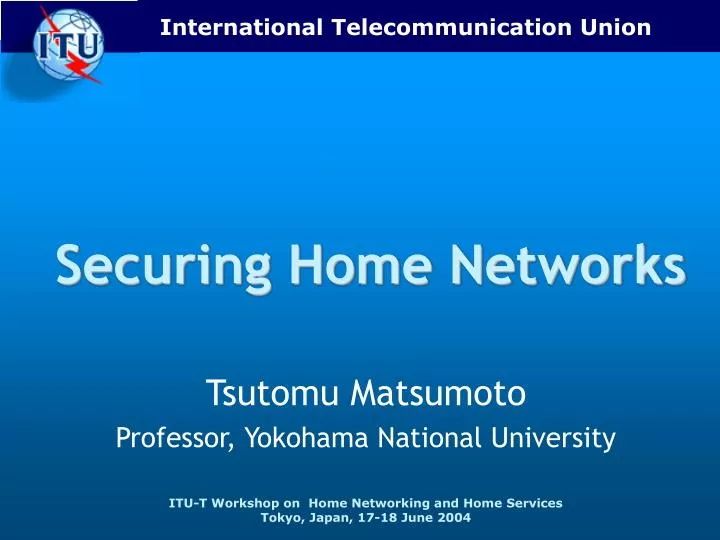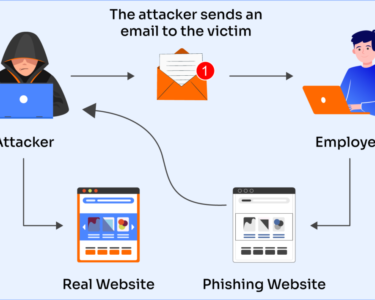
Securing Home Networks in the Digital Age
In the age of ubiquitous internet connectivity, our homes have become increasingly connected to the digital world. While this provides numerous conveniences, it also introduces potential security risks. To protect our privacy and sensitive data, it is crucial to implement robust measures to secure our home networks.
Understanding Network Security Threats
Before implementing security measures, it is essential to understand the threats that our home networks face. Common threats include:
- Malware: Malicious software that can steal personal information, corrupt files, or damage devices.
- Phishing attacks: Emails or messages that trick users into providing sensitive information, such as passwords or financial details.
- Man-in-the-middle attacks: Interception of communications between devices, allowing attackers to eavesdrop or manipulate data.
- Unauthorized access: Hackers or intruders gaining access to the network without authorization, potentially leading to data theft or identity fraud.
Best Practices for Securing Home Networks
To protect our home networks from these threats, we can implement the following best practices:
- Use a strong password: Create a unique and complex password for your Wi-Fi network and all connected devices.
- Enable WPA2 or WPA3 encryption: These encryption protocols secure wireless connections and prevent unauthorized access.
- Install a firewall: A firewall monitors incoming and outgoing network traffic, blocking malicious connections.
- Keep software up to date: Software updates often include security patches that fix vulnerabilities.
- Use a VPN: A virtual private network encrypts your internet traffic, providing privacy and security when using public Wi-Fi or accessing sensitive online accounts.
- Enable two-factor authentication: This adds an extra layer of security by requiring an additional verification code when logging into devices or accounts.
- Install antivirus and anti-malware software: These programs detect and remove malware from devices.
- Regularly scan for vulnerabilities: Use network scanning tools to identify potential security weaknesses that attackers could exploit.
Additional Security Tips
In addition to the best practices listed above, consider the following additional tips:
- Use a separate network for guest devices: This isolates devices used by visitors and reduces the risk of unauthorized access.
- Avoid opening unsolicited emails or attachments: Phishing attacks often use these tactics to compromise devices.
- Be aware of physical security: Keep devices in secure locations and lock down your home’s physical access points.
- Educate family members about network security: Share best practices with family members and ensure they are aware of potential risks.
Conclusion
Securing our home networks is essential in the digital age. By implementing the best practices outlined in this article, we can protect our privacy, sensitive data, and devices from malicious actors. By staying vigilant and adapting to evolving threats, we can ensure the safety and security of our connected homes. Remember, network security is an ongoing process that requires regular monitoring and updates. By embracing these measures, we can create a secure and protected digital environment for our homes and families.



